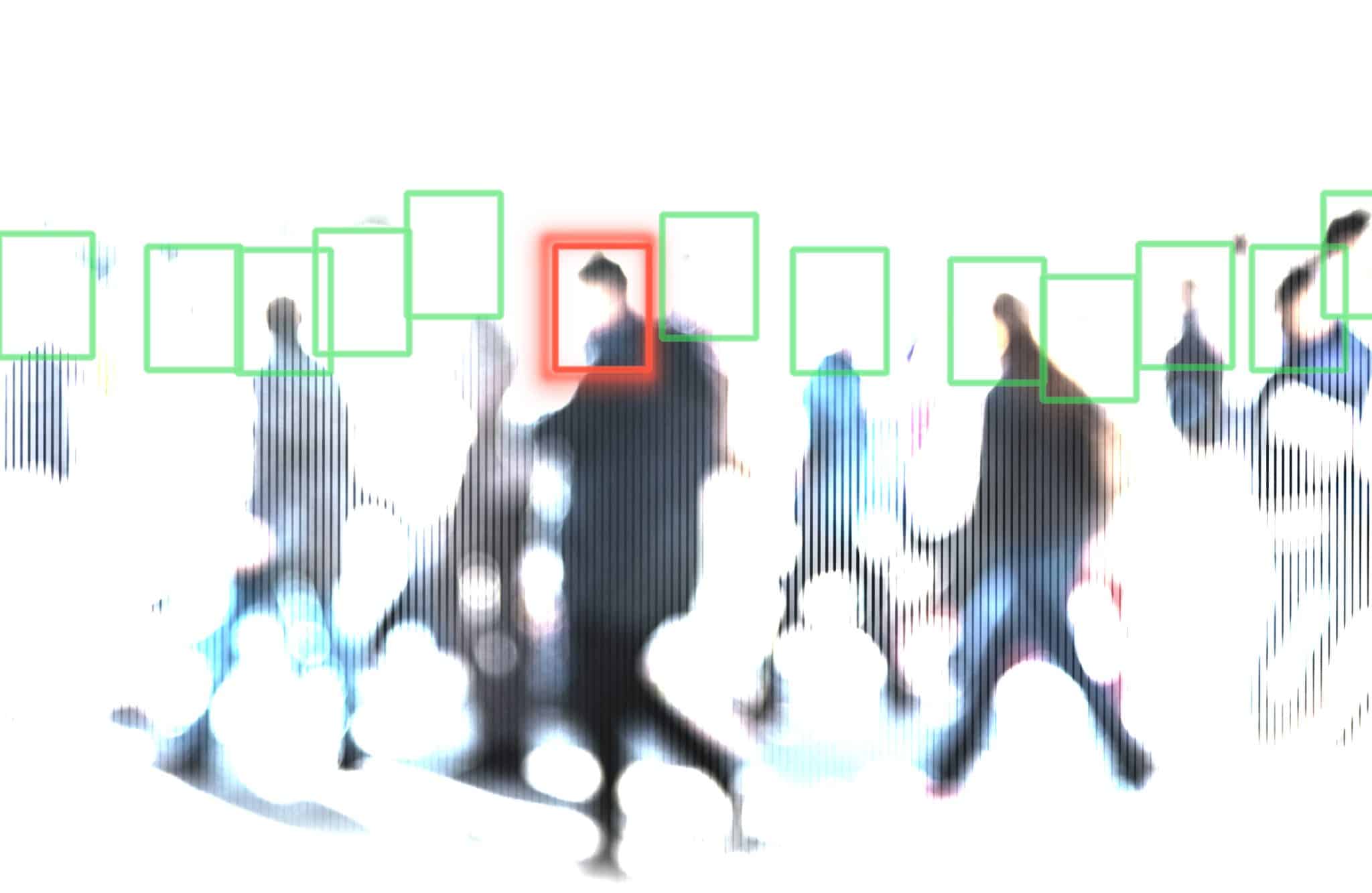An alleged version of the European Union’s proposed Artificial Intelligence Act was leaked online on Monday, revealing insights into the forthcoming regulation of contentious issues like biometric surveillance.
The 892-page draft, unveiled by Euractiv Technology Editor Luca Bertuzzi, was circulated to EU member states in preparation for a discussion within the Telecom Working Party, an EU Council technical body overseeing IT sector regulations. A formal adoption of the Act is anticipated at the ambassador level on February 2nd following the upcoming meeting, as indicated in a post by the journalist on LinkedIn.
Feedback from stakeholders, as reported by Tech Monitor, suggests a faster implementation timeline than previously anticipated. A representative from the EU Council projects that the final reviews and approval by the Council and Parliament could be completed by April or even sooner. A consultant and former Act negotiator for Germany advises businesses to prepare for compliance within 6 to 12 months, with a recommendation for high-risk system providers to act even sooner.
The contentious issue of facial recognition surveillance in law enforcement has been a major point of contention during the AI Act negotiations. While the EU Council has pushed for exceptions for law enforcement use, some European legislators are pushing for a complete ban on the technology.
The current draft of the Act reflects adjustments made by EU lawmakers, particularly regarding the use of AI systems for “real-time” remote biometric identification in publicly accessible areas for law enforcement purposes. The draft specifies that such usage should generally be prohibited, except in specific situations where it is deemed strictly necessary to serve a significant public interest that outweighs associated risks.
These exceptional circumstances include searching for crime victims, addressing threats to individuals’ safety, responding to terrorist activities, and identifying suspects involved in serious criminal offenses. Additionally, the draft emphasizes the requirement for a fundamental rights impact assessment and judicial authorization before law enforcement agencies can employ “real-time” remote biometric identification in public spaces.
Exceptions to these regulations are permitted only in emergency situations, subject to appropriate safeguards and conditions.






